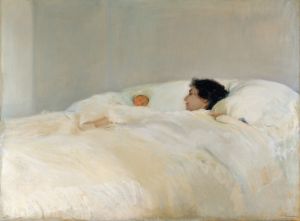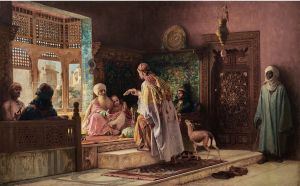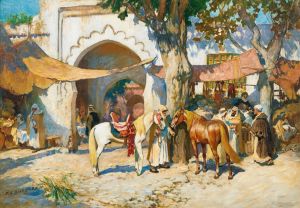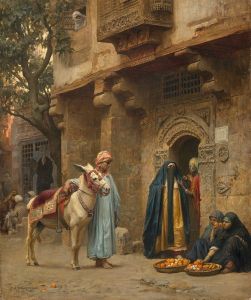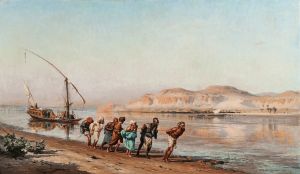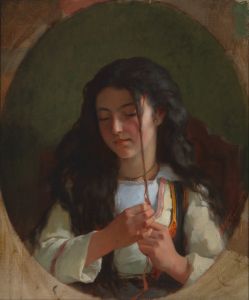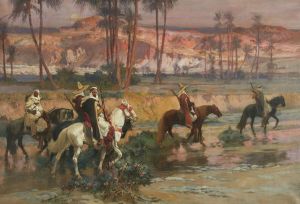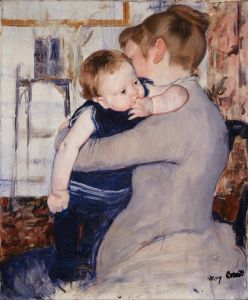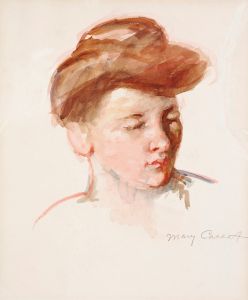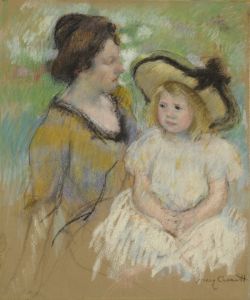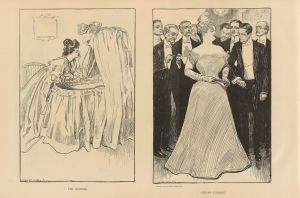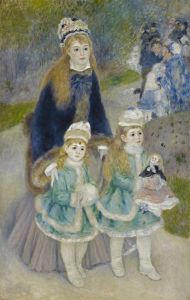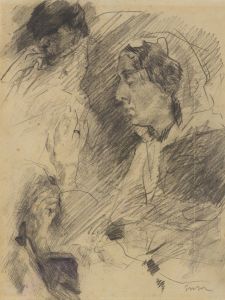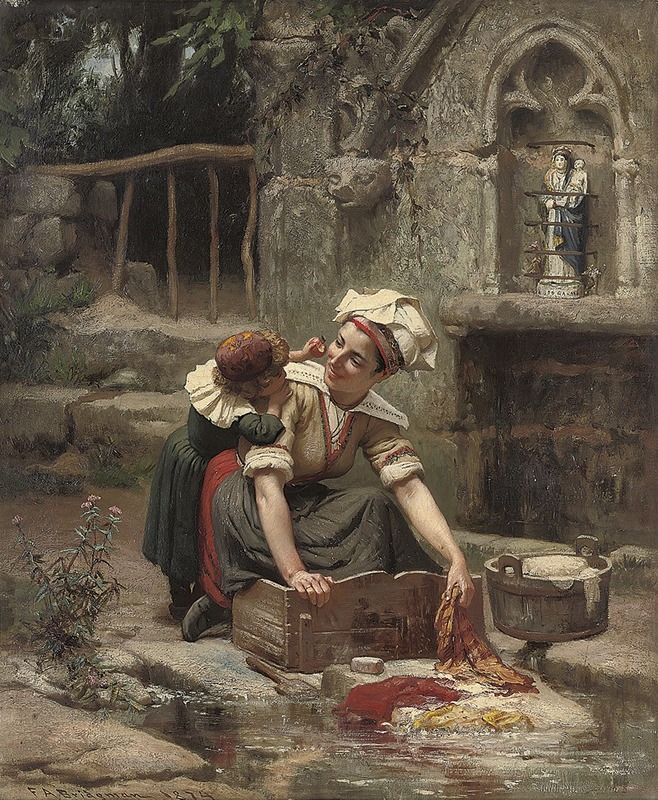
Mother’s little helper
A hand-painted replica of Frederick Arthur Bridgman’s masterpiece Mother’s little helper, meticulously crafted by professional artists to capture the true essence of the original. Each piece is created with museum-quality canvas and rare mineral pigments, carefully painted by experienced artists with delicate brushstrokes and rich, layered colors to perfectly recreate the texture of the original artwork. Unlike machine-printed reproductions, this hand-painted version brings the painting to life, infused with the artist’s emotions and skill in every stroke. Whether for personal collection or home decoration, it instantly elevates the artistic atmosphere of any space.
Frederick Arthur Bridgman was an American artist known for his detailed and vibrant depictions of Orientalist themes. Born in 1847 in Tuskegee, Alabama, Bridgman moved to Paris in 1866 to study art, where he became associated with the Orientalist movement. This movement was characterized by Western artists' fascination with the cultures, landscapes, and peoples of North Africa, the Middle East, and Asia. Bridgman's works often reflect his extensive travels in these regions, particularly in Egypt and Algeria.
"Mother’s Little Helper" is one of Bridgman's lesser-known works, and there is limited information available about this specific painting. Bridgman's oeuvre is extensive, and he is best known for his large-scale canvases that capture the daily life and architecture of the regions he visited. His works are noted for their attention to detail, vibrant color palettes, and the romanticized portrayal of Eastern cultures, which was typical of Orientalist art.
Bridgman's artistic style was heavily influenced by his time at the École des Beaux-Arts in Paris and his work under the tutelage of Jean-Léon Gérôme, a prominent French painter and sculptor known for his Orientalist works. Bridgman's paintings often feature meticulous detail and a strong sense of composition, qualities that are evident in his more widely recognized pieces such as "The Funeral of a Mummy" and "The Siesta."
While specific details about "Mother’s Little Helper" are scarce, it can be inferred that the painting likely embodies Bridgman's characteristic style and thematic interests. His works typically explore domestic and everyday scenes, often highlighting the roles and activities of women and children within these settings. Bridgman had a particular interest in depicting the intimate and personal aspects of life in the cultures he studied, which may be reflected in the subject matter of "Mother’s Little Helper."
Bridgman's contribution to the Orientalist movement was significant, as he brought a unique American perspective to a predominantly European genre. His works were well-received during his lifetime, earning him a reputation as one of the leading Orientalist painters of his era. Bridgman exhibited extensively in both Europe and the United States, and his paintings were included in prestigious collections and exhibitions.
Despite the lack of specific information about "Mother’s Little Helper," Bridgman's legacy as an artist is well-documented. His works continue to be studied and appreciated for their artistic merit and their role in the broader context of 19th-century Orientalism. Bridgman passed away in 1928, leaving behind a rich body of work that offers insight into the Western artistic interpretation of Eastern cultures during his time.





